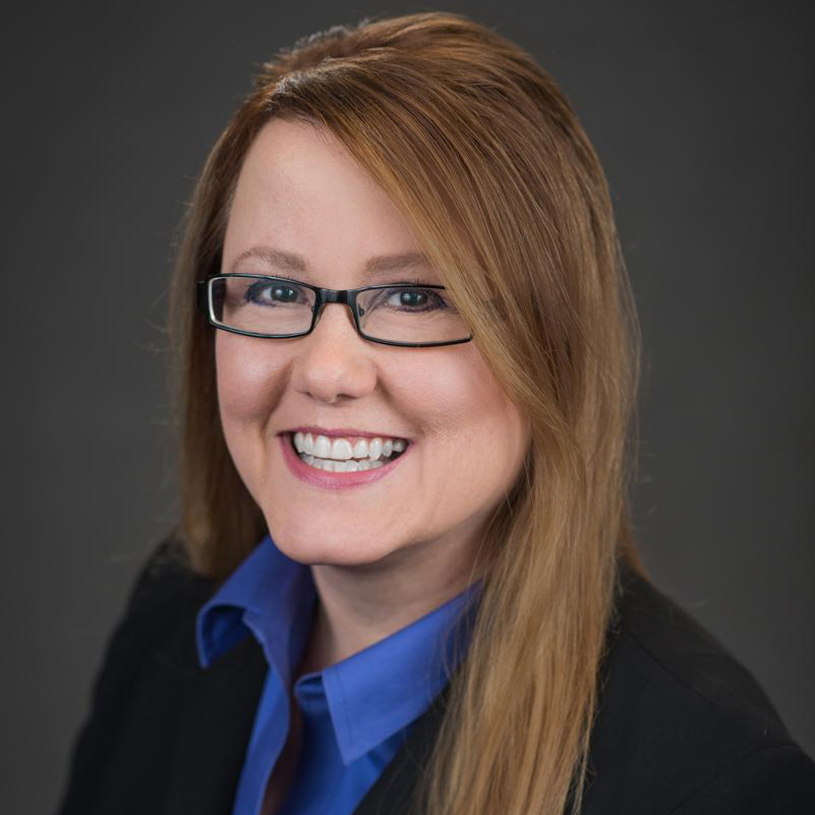
As assisted living provider advocacy groups try to influence federal home- and community-based services-related policy, their comments are joined by thousands of others, some in agreement with industry views and some not.
The Centers for Medicare & Medicaid Services received well over 2,000 comments to a rule it had proposed in April titled “Medicaid Program; Ensuring Access to Medicaid Services.” July 3 was the commenting deadline.
The American Seniors Housing Association, Argentum, LeadingAge and the National Center for Assisted Living told CMS that they generally support the intentions behind the proposed rule and its provisions, as well as a living wage for direct care workers, but a common theme among their comments was disagreement with a spending-related requirement.
The proposed rule — with an overall goal of increasing access to HCBS — in part would require that providers spend at least 80% of Medicaid payments for personal care, homemaker and home health aide services on compensation for direct care workers as opposed to administrative overhead or profit. If the rule becomes final as written, however, the provider groups said that it ultimately could lead to fewer jobs, stagnant pay for caregivers and a reduction in older adult access to home- and community-based services — the exact opposite of what the government intends.
Also submitting comments to CMS were consumer-focused groups such as Justice in Aging and The National Consumer Voice for Quality Long-Term Care, and their perspectives differed somewhat from those of assisted living advocates.
Justice in Aging said that the 80% spending requirement “is a valid starting point” and also suggested that the federal agency “consider other distinctions such as provider type and/or provider size.”
Explaining its reasoning, the group said, “Centralized service delivery sites, such as adult day and assisted living, may require fewer direct care workers to serve the same number of participants than for at-home service delivery” and that “with respect to facility-based residential services such as assisted living, as CMS notes, participants pay room and board that covers at least some of these costs. The remaining indirect costs are likely different and may even be less than for home-based services because there is no transportation to and from the service delivery site, and equipment could be utilized for multiple residents in the same day as opposed to needing equipment to be available at multiple service sites as [sic] once.”
Although not specifically mentioning assisted living, Consumer Voice also said that it supports the proposed requirement that HCBS providers spend at least 80% of Medicaid payments on compensation for direct care workers, with the group maintaining that “poor job quality directly impacts individuals’ access to HCBS.”
“Requiring that direct care workers receive 80% of payments will create better jobs, reduce turnover, and increase individuals’ access to HCBS,” Consumer Voice said.
PHI, which described itself to CMS as “a national organization committed to strengthening the direct care workforce,” told the agency that the access rule was “assertive and urgently needed” and called attention to “the poor quality of direct care jobs,” including compensation, but it seemed to take a more practical stance on the proposed spending requirement.
Although “sound and decisive measures that improve compensation and stabilize this workforce” are needed, PHI said, there also is a “profound need to reform long-term care financing as part of these efforts, which relies heavily on Medicaid. Medicaid funding levels must be strengthened, and reimbursement rates under this program must be increased so employers can afford to offer competitive wages and invest in direct care job quality.”
PHI encouraged CMS to evaluate the rule’s proposed spending requirement on worker earnings, staffing levels, retention, provider capacity and financial stability “and other areas critical to job quality, workforce stability, and service access” and to adjust the measure “to ensure that compensation improves without harming workers, providers, or consumers.”
Time will tell how CMS responds to all of the comments sent its way, and which groups have the most persuasive powers. While we await the final rule, see the links below to read these groups’ comments. Links to the ASHA, Aregentum, LeadingAge and NCAL comments are in the Related Articles listed below.
The National Consumer Voice for Quality Long-Term Care comments
Lois A. Bowers is the editor of McKnight’s Senior Living. Read her other columns here.

